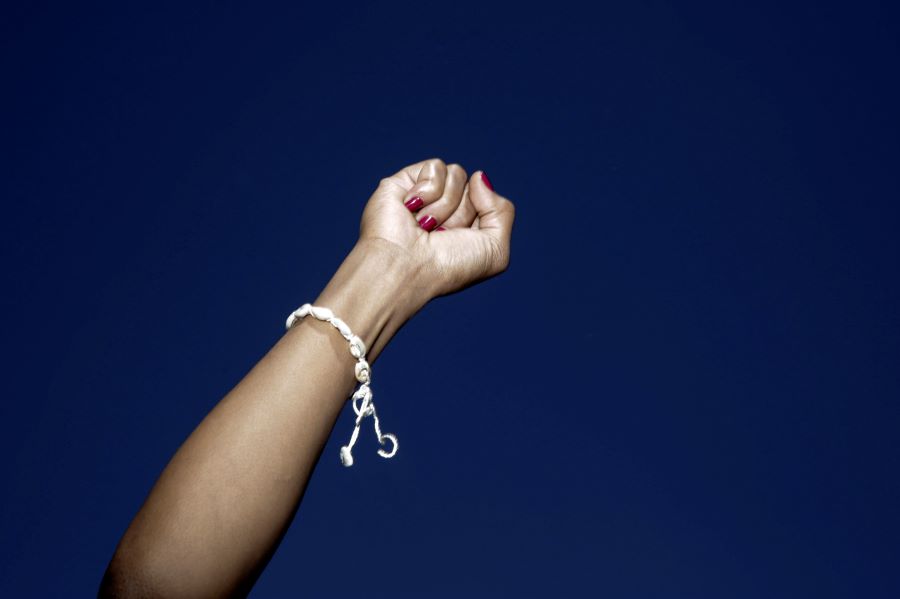
by Willow Delp | 4 May 2021 | African Leadership Academy, Art, Identity, Personal Reflections, Student Posts, Youth Voices
I’m a mix of black Jamaican and white American. My distinctive identity is both a target of hatred and my weapon for fighting injustice. A demonstrator at a protest against racism in Berlin, Germany, 6 June 2020 (Friedrich...
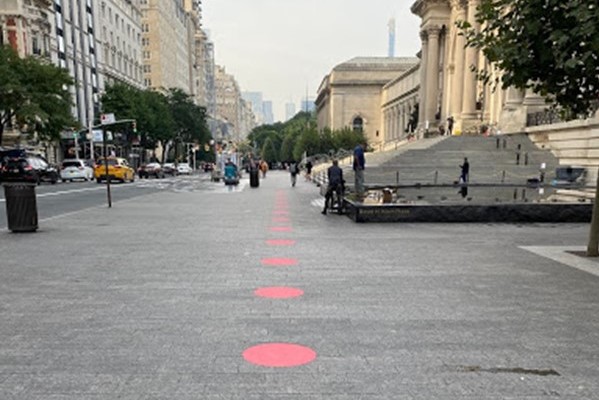
by Sadie Dyson | 29 Apr 2021 | Americas, Art, Culture, Economy, Health and Wellness, Hewitt, Student Posts, Youth Voices
Art and culture are integral to New York’s economy and sense of community. COVID-19 has hit the sector and its people hard. The Metropolitan Museum of Art Upper East Side, Manhattan. Circles spaced six feet apart, marking where people were to stand while waiting...
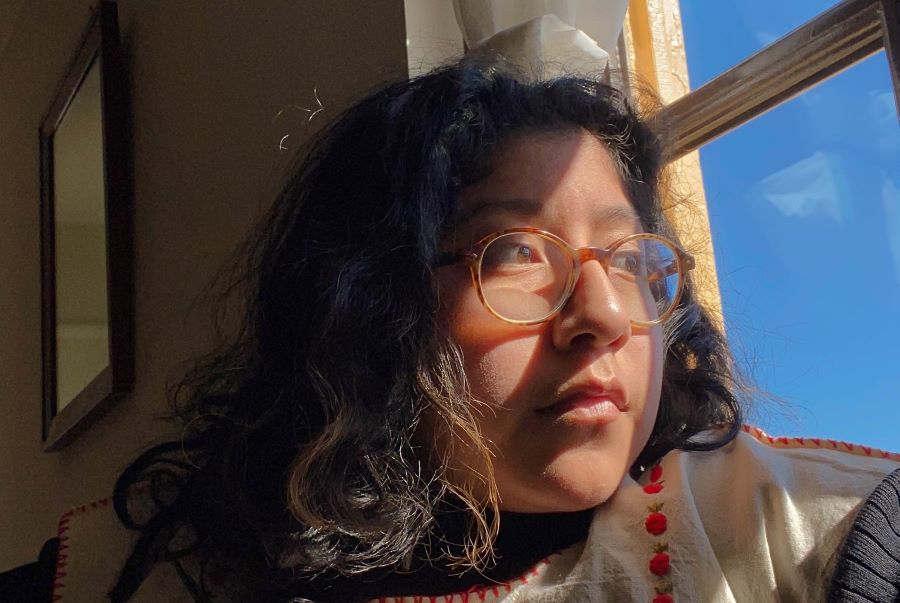
by Miriam Hernandez | 23 Apr 2021 | Art, Contest winners, Contests, Culture, Educators' Catalog, Identity, Immigration, Personal Reflections, Student Posts, Westover School, Youth Voices
My family came to the U.S. from Mexico. I used to be ashamed of our humble lifestyle. I offer these photos to show I’m now proud. This story won a third prize in News Decoder’s Ninth Storytelling Contest. Originally from Zapotitlan Palmas, a small town in...
Many students have much to say, but freeze when asked to put pen to paper. Asking them to first engage in other forms of self-reflection may make it easier to produce powerful written texts. Miriam Hernandez of Westover School demonstrates this point with her piece on growing up in the United States as a daughter of Mexican immigrants. Hernandez began with uncaptioned photographs of her family’s surroundings — a dinner table, a kitchen sink, a breeze through the front door — and later produced accompanying text — simple, direct, unvarnished — that complements the photos. Together, the pictures and text offer a candid glimpse of the author’s upbringing and how she came to terms with her heritage.
Exercise: Ask your students to take a series of photographs of life at home and to then write about what the images represent to them.
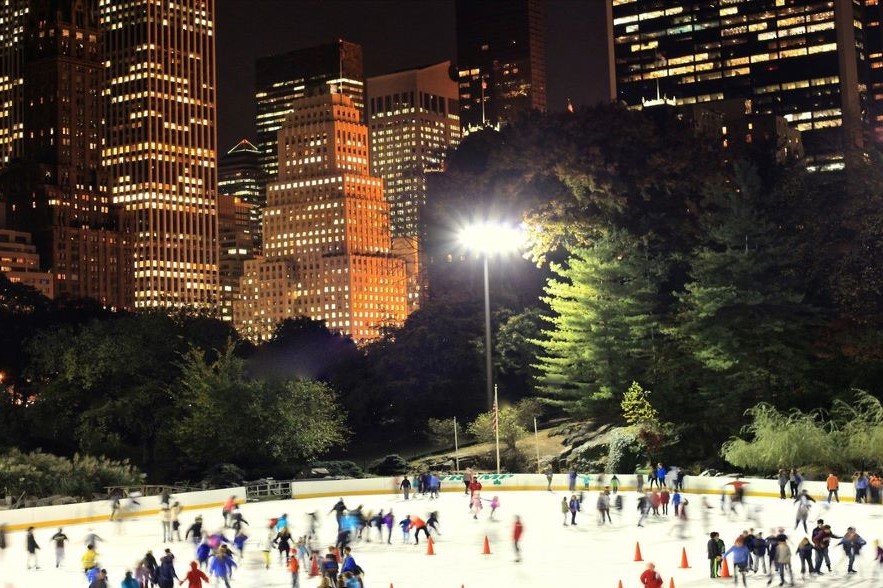
by Penelope Flouret | 15 Apr 2021 | Americas, Donald Trump, Hewitt, Sport, Student Posts, Youth Voices
COVID-19 has hit businesses and tourism hard. But when New York said it would close a famous ice rink, Serena Sabet fought back — and won. This is the first of five articles by students at The Hewitt School in New York City about how COVID-19 has affected that city...
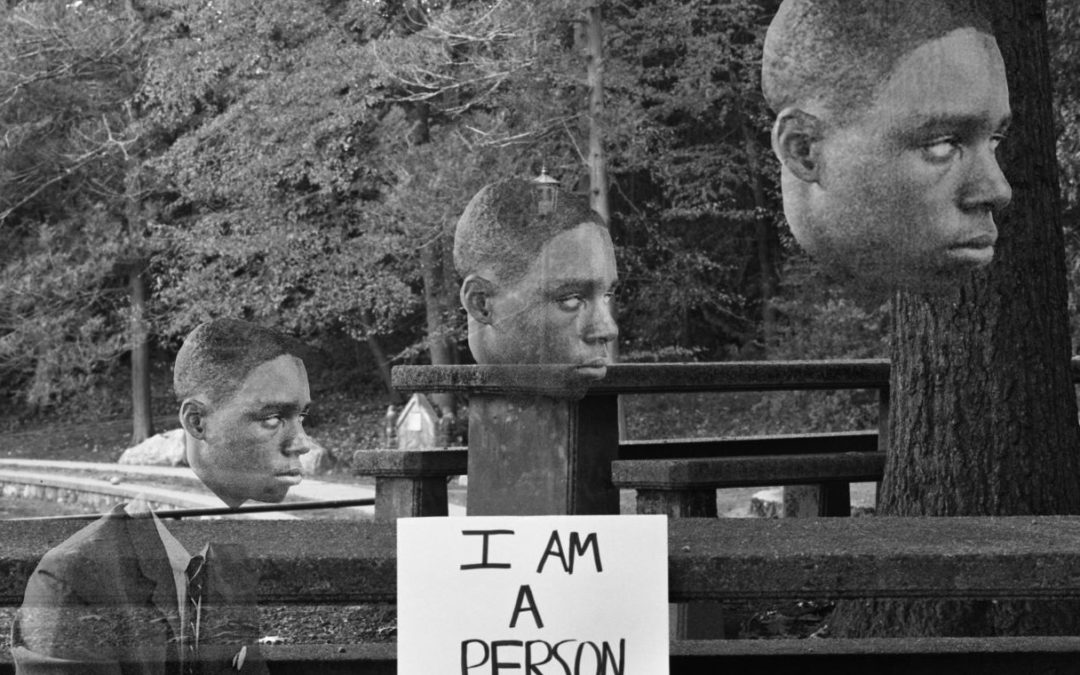
by Lucy Bird | 12 Apr 2021 | Americas, Art, Contest winners, Contests, Educators' Catalog, Human Rights, Student Posts, Westover School, Youth Voices
Inspired by Black Lives Matter protests, I offer a photo essay as a haunting reminder that the fight continues decades after the Civil Rights Movement. This story won a third prize in News Decoder’s Ninth Storytelling Contest. With my photography project, I...
The Black Lives Matter movement has stirred young people around the globe and raised hopes that racism and police brutality against Blacks can be curbed. For many elders, the hopes are tinged by nagging fears that a generation from now race relations will remain strained and injustices will persist. Lucy Bird, a 17-year-old student at Westover School, captures those worries in her haunting series of photos that juxtapose iconic images from the U.S. Civil Rights Movement with glimpses from BLM protests.
Exercise: Ask your students to apply their photo skills to create a visual essay that manipulates existing photographs to capture their concerns about the future.
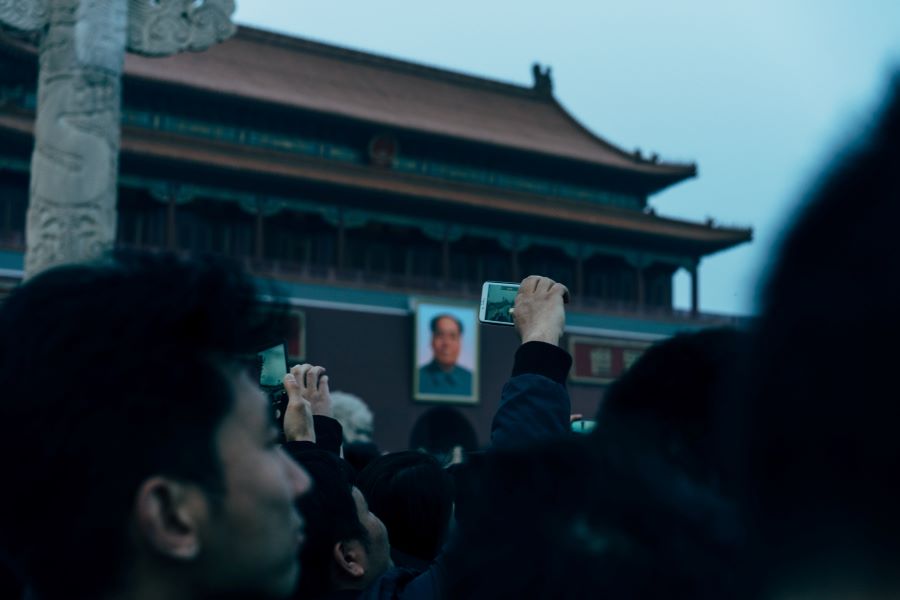
by Li Keira Yin | 7 Apr 2021 | Americas, China, Contest winners, Contests, Culture, Educators' Catalog, Identity, Immigration, Personal Reflections, Student Posts, Thacher School, Youth Voices
Born in China, I decided to study in the U.S. I love my home country but harbor guilt as I become less and less Chinese over time. Photo by Markus Winkler This story was a runner-up in News Decoder’s Ninth Storytelling Contest. Artist’s Statement: I grew up in...
Growing up means eventually coming to terms with one’s upbringing. Doing so can be especially challenging for young people straddling different cultures. In a five-stanza poem, Li Keira Yin of The Thacher School explores the contradictions between the world of her Chinese grandparents and her life at a boarding school in the United States. News Decoder helps young people around the world extend their horizons and learn to appreciate different viewpoints. Some have the advantage of confronting opposing outlooks at an early age, and Yin demonstrates her maturity in reconciling the inherent antagonism between her two very distinct cultures.
Exercise: Ask each student to identify a fault line within their family and to write an essay or poem that is sympathetic to each side.
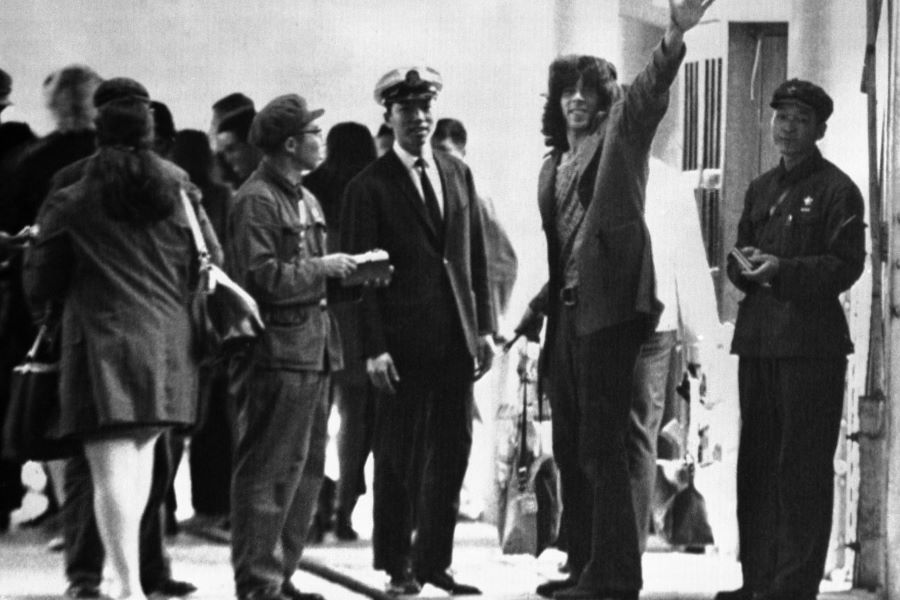
by Jonathan Sharp | 6 Apr 2021 | Americas, Asia, China, Educators' Catalog, Eyewitness, Government, Personal Reflections, Politics, Sport, United States
Ping-pong players paved the way for a thaw in relations between China and the U.S. in the early 1970s. I witnessed this pivotal moment in history. Flanked by Chinese border officials, Glen Cowan, a member of the U.S. ping-pong team, waves to newsmen at Lowu, China,...
News Decoder’s correspondents have covered many of the biggest international stories of the past half-century, offering our students an unparalleled historical perspective on complex global events. Jonathan Sharp has tapped his rich professional adventures time and again for News Decoder, producing yarns about covering the Vietnam War and showing U.S. actress Shirley MacLaine around Beijing. In his latest article, Sharp recounts witnessing a pivotal moment in China-U.S. relations in 1971, when a team of U.S. ping-pong players visited China, paving the way to a thaw in relations between the two nations. Sharp skillfully mixes personal anecdotes with an impartial look at history to transport students born more than a generation after the “transformative moment” back in time.
Exercise: Ask each of your students to speak to at least one parent to identify a moment in their youth when they witnessed an important event. After interviewing the parent, the student should write an article mixing the parent’s viewpoint in the first person with third-person background and explanation.
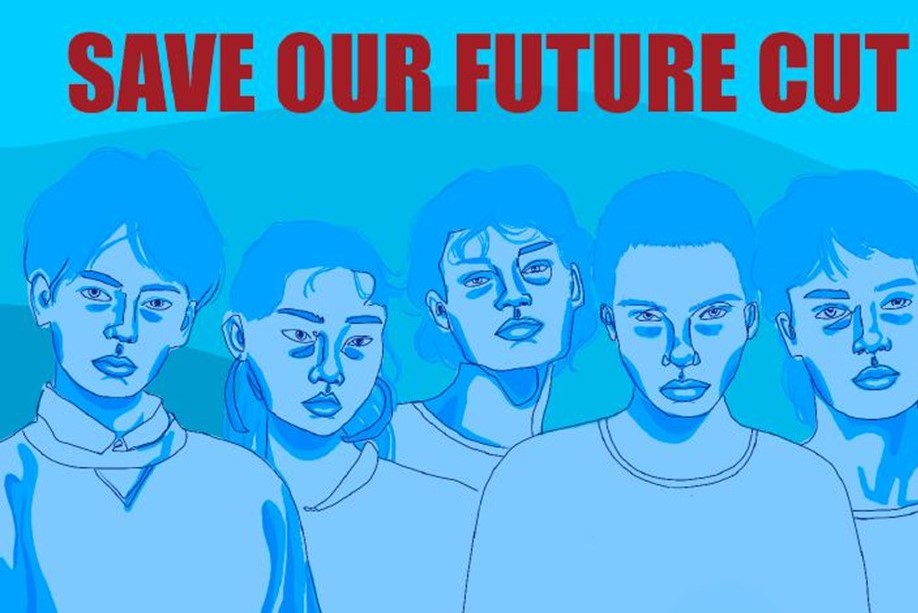
by Akvile Seleviciute and Auguste Sturlyte | 31 Mar 2021 | Art, Climate change, Contest winners, Contests, Environment, European School Brussels, Student Posts, Youth Voices
Students in Brussels are engaging in an art protest to show the world that it’s time to make far-reaching changes to avert a climate catastrophe. A sketch of “The Writing’s on the Wall,” by Amélie Zimmermann This story was a runner-up in News...

by Tira Shubart | 18 Mar 2021 | Discovery, Space, Technology, World
By exploring Mars, we have taken a step closer to understanding humankind. Did life begin on the Red Planet? Could we one day live there? The first high-resolution, color image sent by NASA’s Perseverance Mars rover after its landing on 18 February 2021...
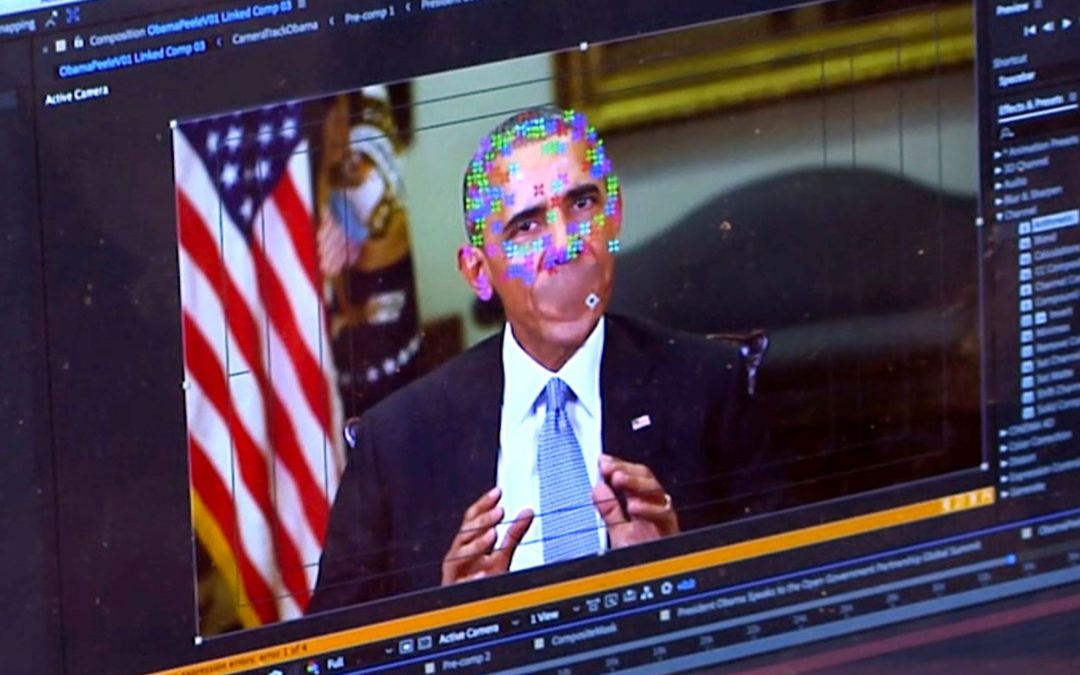
by Stuart Grudgings | 18 Jan 2021 | Donald Trump, Educators' Catalog, Fake News, Future of Democracy, Media Literacy, Technology
Fake news is already eroding our shared sense of reality. Now, deepfakes and AI stand to fuel disinformation and imperil democracy. An image of a deepfake video of former U.S. President Barack Obama (AP Photo) The unprecedented mob assault on the U.S. Capitol on...
Technology permeates students’ lives and has contributed many economic benefits to the world while bringing far-flung communities closer together. But what of the downsides? The polarization of society? The dangers of spending too much time on social media? Citizens being hoodwinked into believing the unreal? One of the biggest questions facing policymakers around the world today is how to protect democracy without infringing on free speech. It’s a question that is not going to go away and which students would do well to start considering today. In this article, Stuart Grudgings introduces us to some of the disturbing possibilities of deep fake technology and begs the question of what to do about it.










